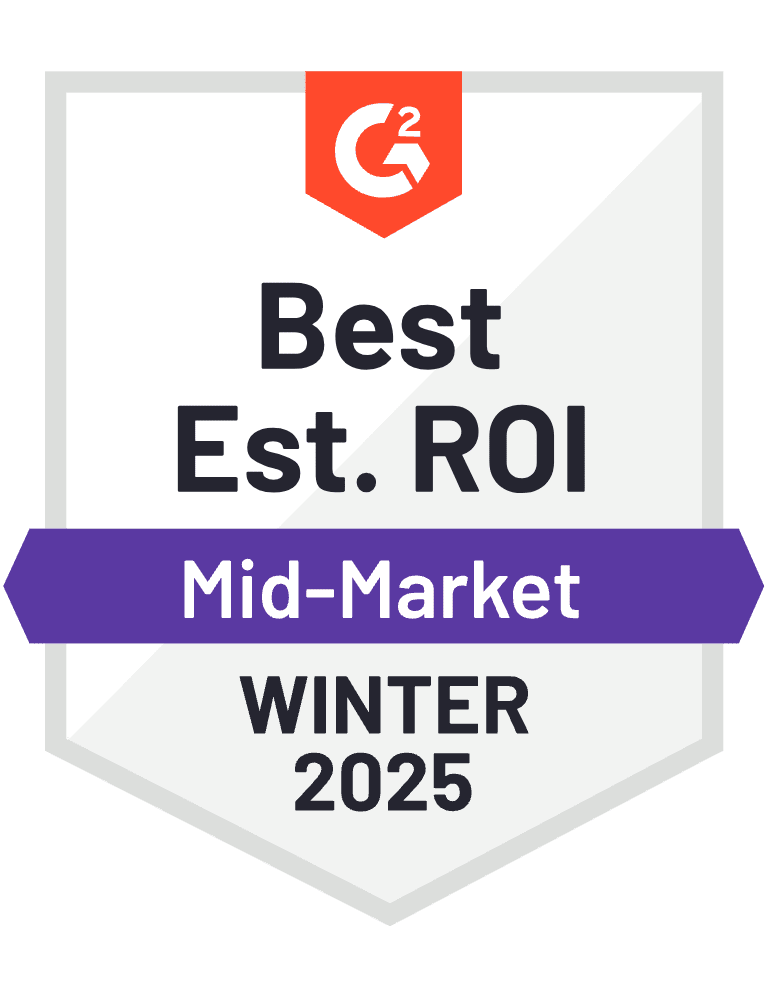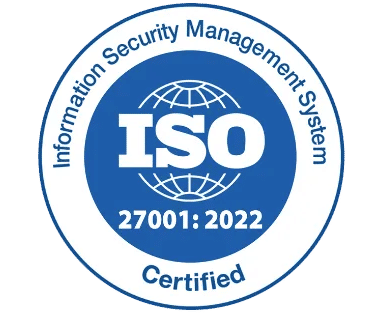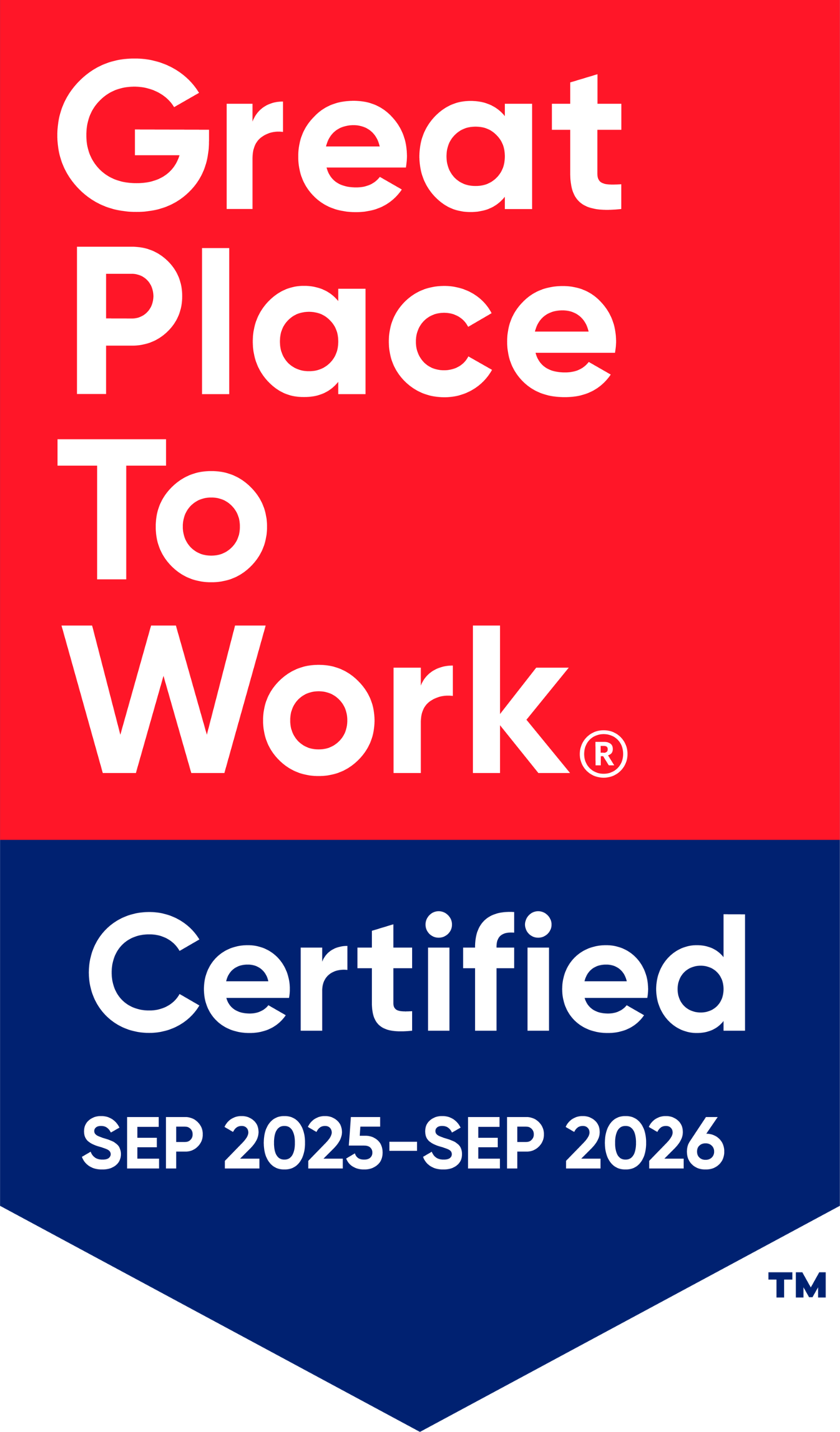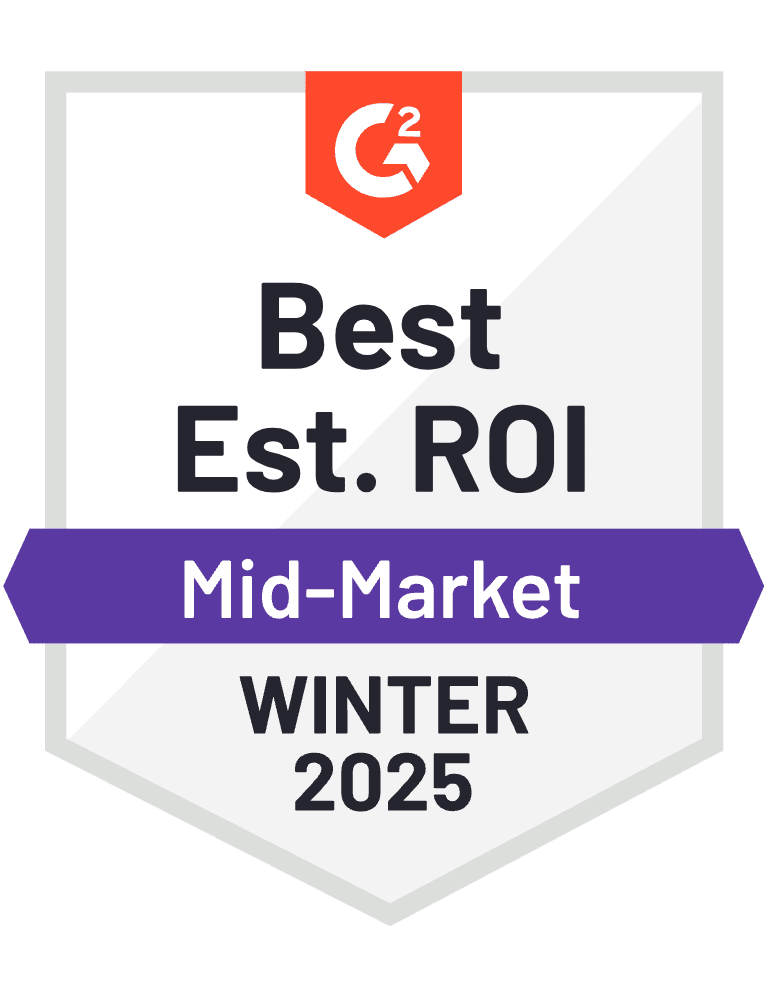Asset Management Reports That Help IT Teams Make Smarter Decisions

Asset management is all about keeping track of your organization’s assets in a way that adds value, reduces costs, and lowers risk. For IT teams, having detailed insights into each asset makes it easier to make better calls on purchasing, upgrades, and maintenance.
This is where asset management reports make a real difference. These reports give IT administrators a clear picture of how assets are performing, when they need attention, and where cost savings can be found.
In this article, we’ll walk through key asset management reports that help IT professionals keep their systems running smoothly, budgets under control, and compliance in check.
How Asset Management Reports Empower IT Teams
When leveraged effectively, asset management reports provide IT teams with crucial insights that support smarter decisions across the organization. These reports serve as a key resource by revealing how company assets are utilized, their condition, and their overall value.
- Optimized Budgeting and Procurement
These reports give a clear view of asset usage and performance trends, helping IT managers identify equipment that is underperforming or nearing the end of its useful life. This information prevents unnecessary purchases and ensures funds are spent on upgrading or acquiring assets at the right time.
- Enhanced Compliance Monitoring
Keeping track of software licenses, warranty terms, and security protocols can be challenging. Asset reports simplify this by highlighting compliance status, alerting teams about upcoming renewals or lapses, and helping avoid costly fines or audit failures.
- Complete Lifecycle Tracking
Understanding when assets were acquired, how long they’ve been in service, and predicting when replacements might be needed reduces the risk of unexpected failures. This visibility helps maintain smooth operations by enabling proactive maintenance and timely upgrades.
- Boosted Operational Efficiency
By pinpointing devices that are either overused or sitting idle, IT teams can redistribute resources more effectively. This balanced allocation prolongs the life of assets and maximizes their contribution to business needs.
1. Asset Overview Report
This is your go-to report for understanding what you own and how it’s being used. It includes:
- Total number of assets
- Active assets in use
- Assets by model or type
- Location-wise asset distribution
These details help prevent overbuying, reduce waste, and ensure each location has what it needs. It also shows the current value of assets—important for financial planning.
Tools like Asset Management 365 can break this data down further by value, location, or asset type. Teams can apply filters to identify equipment that’s due for maintenance, underperforming, or out of compliance.
2. Asset Warranty Report
Warranties are often overlooked, but they can save significant money on repairs and replacements.
This report covers:
- Vendors and Warranties: Know which vendor supplied which asset, and the terms tied to those warranties.
- Expiry Tracking: Find out which warranties are ending soon, so you can renew, replace, or prepare for potential costs.
It helps build stronger vendor relationships and prevents surprises when something breaks.
3. Asset Usage Trend Report
This report tracks how often and how effectively assets are used across departments. It helps with:
- Workforce Planning: Compare asset availability with hiring plans to avoid shortages or overstocking.
- Department Usage: Understand how each team is using assets—so you can reassign underused items or invest in areas with high demand.
- Trend Analysis: Spot patterns over time, helping to plan future purchases or adjust how assets are allocated.
4. Asset Compliance Report
This report shows which devices follow internal policies and external regulations—and which ones don’t.
It breaks down:
- Devices in full compliance
- Devices that are missing updates, patches, or encryption
- Non-compliant assets grouped by team or device type
This helps IT teams take action before issues arise, keeping systems secure and audit-ready.
5. Asset Inspection Due Report
Regular inspections are a must, but missed deadlines can be costly. This report keeps track of when each asset is due for inspection.
By staying on top of inspection dates, IT teams can:
- Schedule checks ahead of time
- Avoid last-minute disruptions
- Keep all assets compliant and running well
6. Incident-Impacted Assets Report
This report identifies the assets that consistently face technical issues.
It focuses on:
- Problematic Models: Devices with frequent breakdowns or support tickets
- Recurring Issues: Patterns that show deeper problems, not just isolated incidents
With this insight, IT teams can reduce downtime, make smarter buying decisions, and avoid repeatedly fixing the same problems.
7. Change-Impacted Assets Report
Whenever systems are updated or reconfigured, there’s a risk something might go wrong. This report tracks which changes impact which devices.
It includes:
- Assets that undergo the most changes
- Changes that trigger errors or disruptions
- Issue trends by device type
By reviewing this data, teams can tweak their change management process and lower the risk of future problems.
8. Software License Utilization Report
Software licenses can be a hidden cost. This report helps make sure you’re only paying for what you use.
You’ll see:
- How many licenses are active vs. idle
- Which subscriptions are unused and could be reassigned
- How much you’re spending compared to usage
- Upcoming license renewals
It’s a practical way to cut unnecessary costs while keeping your tools available.
9. Cost-to-Asset Value Report
This report takes a financial look at your assets to see if they’re delivering enough value.
Key metrics include:
- Total cost per asset (purchase, upgrades, maintenance)
- Usage vs. cost comparison
- Replacement planning based on age, condition, or repair history
- Spending patterns over time
With this insight, IT leaders can decide whether to replace, maintain, or reallocate equipment—and keep the budget in check.
Conclusion
Asset management reports have become indispensable for IT teams aiming to get the most out of their hardware and software investments. By offering a deeper understanding of how assets are being used, when they need attention, and where costs are rising, these reports help reduce unexpected breakdowns and improve day-to-day operations.
They’re not just about keeping tabs—they help IT teams make smarter choices, plan ahead, and stay within budget. As your IT environment becomes more complex, these insights become critical to staying efficient and compliant.
If you’re looking for a solution that brings these reports to life, Asset Management 365 offers the tools to monitor, evaluate, and manage your assets in one place—so your team can stay ahead, not just keep up.
Frequently Asked Questions
What is the purpose of asset management reports?
Asset management reports provide IT teams with detailed insights into how assets are performing, how they’re being used, and whether they meet compliance and budget requirements. These reports help in making informed decisions around procurement, maintenance, and optimization.
How often should asset reports be generated
Most organizations benefit from generating reports monthly or quarterly. However, high-priority reports like warranty expirations, compliance status, and inspection due dates may need to be reviewed more frequently—especially in fast-moving IT environments.
Can asset management reports help reduce IT costs?
Yes, absolutely. Reports like cost-to-value, software license usage, and incident tracking reveal underutilized or high-maintenance assets, allowing businesses to cut unnecessary spending and allocate resources more efficiently.
Are asset management reports only useful for large enterprises?
Not at all. Even small to mid-sized businesses gain significant value from these reports. Whether it’s tracking hardware across departments or managing software licenses, the insights help organizations of any size operate more effectively.
What types of tools are used to generate asset management reports?
Modern ITSM and asset tracking platforms like Asset Management 365 offer built-in reporting features. These tools pull real-time data on asset usage, location, performance, and compliance—making it easy to generate detailed, customizable reports with minimal effort.









_svxLrd-8yH.png)

_2VYSFUTN5m.png)

_JiluXJRGNl.svg)

_2djTKNocf.png)





_Rapo0hRMBy.png)

















